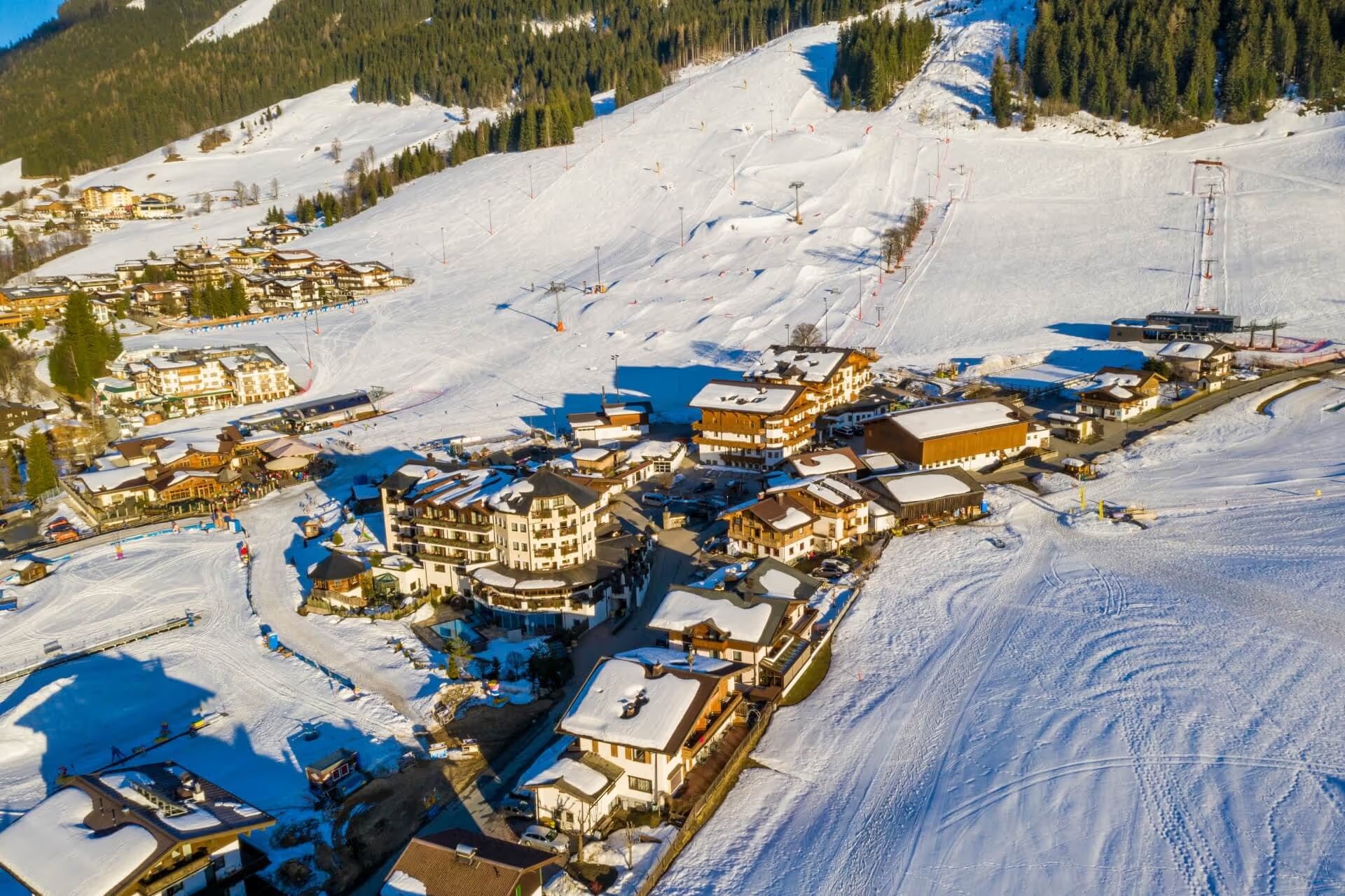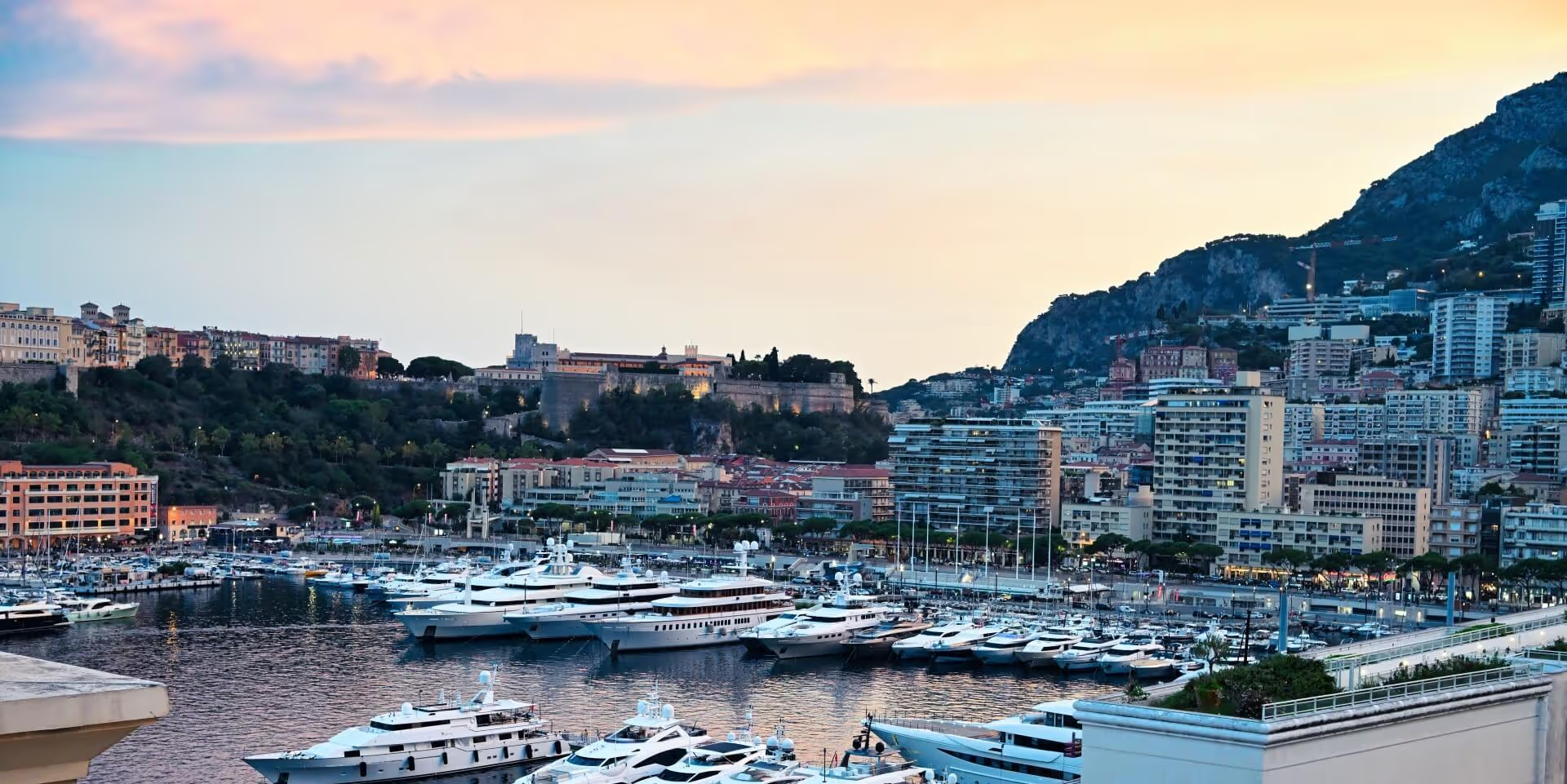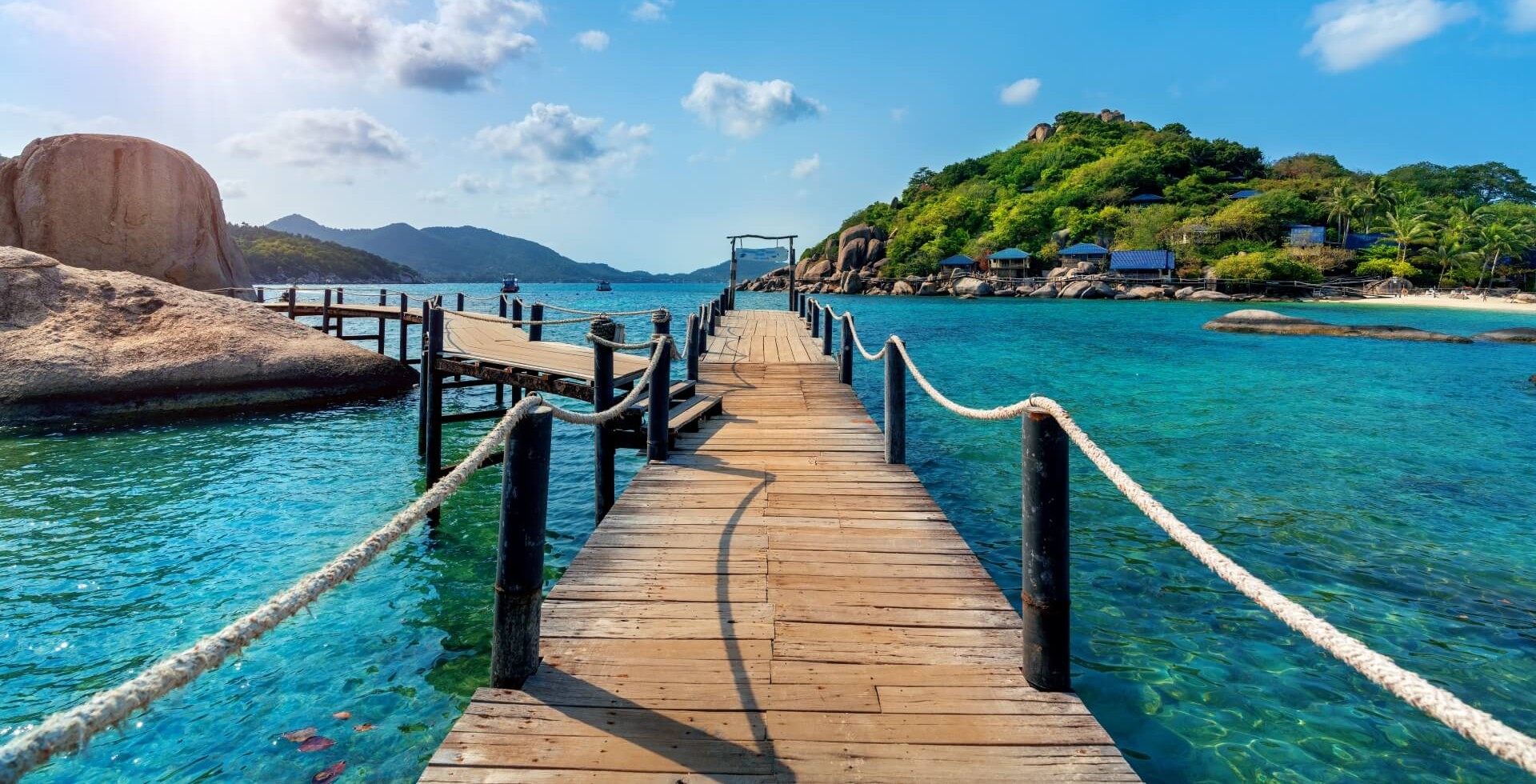Luxury travel has always been about personalisation. From custom itineraries to private chefs and exclusive access, affluent travellers expect their experience to feel as though it was designed just for them. But in the digital world, where decisions often start long before a booking form is filled, the concept of personalisation needs to go deeper.
It’s not just about what your website looks like or the options you present. It’s about who you’re speaking to. And in luxury travel, the traveller isn’t always the one doing the searching, comparing, or even choosing.
In luxury, the buyer and the traveller are often different people
One of the most important differences in marketing luxury travel is this: the person you’re trying to impress might not be the person taking the trip.
A high-net-worth individual planning a luxury yacht trip will likely delegate the research to their executive assistant, personal travel advisor, or even a family office representative. In the case of multigenerational or corporate travel, it could be an assistant, a PA, a concierge, or a travel planner who is filtering options and shortlisting suitable experiences on the client’s behalf.
These gatekeepers are influential. They are discerning. And they’re busy.
So, when they land on your website or click on your social content, they need to immediately understand two things:
- That your brand delivers the standard of luxury that their client expects
- That you understand the priorities and decision-making process of buyers at this level
If your messaging, UX, and content only speak to the end traveller, you risk missing a crucial step in the sales journey. Personalisation must be layered: tailored for both the end user and the person vetting options for them.
What personalisation really looks like for luxury brands
Once you understand that the buyer isn’t always the traveller – and that assistants, planners, and brokers often drive decision-making – your approach to personalisation must shift. It’s no longer just about crafting a beautiful experience for the end user. It’s about designing a digital journey that resonates with each type of decision-maker involved.
When people think of personalisation in digital marketing, they often picture someone receiving an email with their name in the subject line. That’s a good start, but real personalisation in luxury travel goes far beyond basic CRM tactics. It’s about anticipating needs, removing friction, and delivering the right message to the right person at the right time.

Here’s what that should involve:
1. Understanding decision-maker profiles
Is your typical buyer a UHNW individual, or are they working through an executive assistant? Are you speaking to an experienced yacht charter broker or a first-time luxury safari traveller looking for hand-holding?
If you know that assistants or travel planners often do the groundwork, you can tailor content that makes their job easier: comparison tools, downloadable itineraries, fast-loading pages, clearly articulated value propositions, and trust signals like press coverage and testimonials.
For travellers themselves, you can highlight emotion, aspiration, and immersive storytelling that helps them feel what it’s like to be there.
2. Designing for the journey, not just the destination
The digital journey must feel as luxurious as the trip itself.
That means:
- Fast, intuitive navigation
- Mobile-first design (many PAs and agents work on the go)
- Clear, skimmable content that respects their time
- Multiple contact options (form, phone, WhatsApp, email)
You can also offer different journeys for different buyer types. For example:
- “Plan for your CEO”: A landing page or content stream designed for executive assistants
- “Luxury family escapes”: Tailored messaging for family offices or multigenerational planners
- “Curated escapes for connoisseurs”: Aimed at seasoned travellers booking directly
3. Using data to deliver dynamic experiences
Website personalisation should be powered by tech. With behavioural data, you can show different content depending on who’s visiting. For instance:
- Return visitors might see a tailored welcome or relevant itinerary based on past browsing
- Visitors from LinkedIn (often professionals or planners) could be shown B2B trust signals
- A visitor browsing from a high-end travel forum might see content framed around exclusivity or insider access
Even subtle shifts – like adapting your CTA to say “Request itinerary options” instead of “Book now” – can dramatically improve conversion for B2B buyers or intermediaries who are not booking directly.
4. Tailoring content for maximum impact
Luxury buyers want facts and feelings. Assistants and planners want clarity, confidence, and proof. Your content and SEO should cater to both.
That might include:
- Short, high-level overviews of itineraries with quick facts
- PDF downloads to present to clients
- “Why clients choose us” sections with bullet-pointed value propositions
- Case studies or testimonials from other assistants or VIP clients
- Concierge-focused content that explains how your service integrates with what they already do
From an SEO perspective, that means optimising your content for both the practical search terms assistants might use (e.g. “luxury villa for executive retreat” or “discreet travel partner for HNW clients”) and more emotive queries from buyers (e.g. “unforgettable African safari” or “private jet experiences with wow factor”).
Use schema markup, clear metadata, and well-structured pages to ensure your content is easy to find and parse, especially for time-poor assistants searching on behalf of others.
Don’t assume every visitor wants to be sold the dream. Sometimes, they just want to know if you can deliver what they need, on time, with discretion and polish.
Personalisation is brand-building
When you personalise your digital experience for the right audience – and tailor your marketing to decision-makers as well as travellers – you build a brand that’s known for understanding how high-end travel really works. Because luxury is about ease, feeling known, and it’s about trust.
By showing that you understand who your clients are – and who helps them book – you’re already ahead of the competition.
Want help refining your digital journey for luxury travellers and the people who book for them? Let’s talk about how Boost Brands can help you personalise your brand experience where it counts most.




